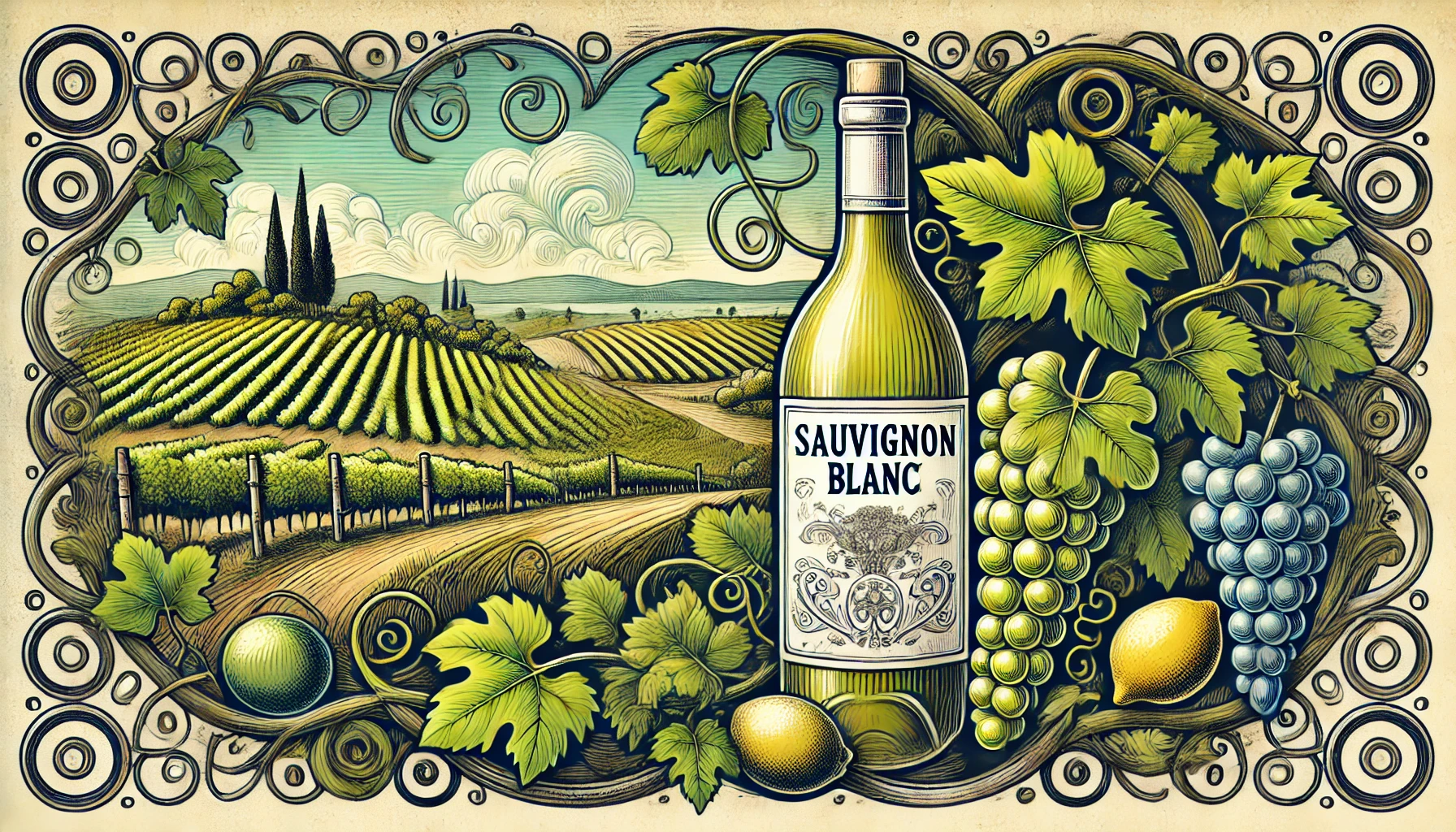
Sauvignon Blanc is one of the world’s most popular white wine grapes. It originated in the Bordeaux region of France but thrives in many wine regions today, especially in places like New Zealand, California, and Chile. This grape is known for producing crisp, refreshing wines with high acidity.
It often bursts with flavors of green apple, lime, and passion fruit. You might also notice hints of freshly cut grass or green bell pepper. These herbal notes give Sauvignon Blanc a unique edge compared to other white wines.
They come in different styles. The climate where the grapes grow plays a big role in the wine’s flavor. Cooler regions tend to produce wines with more citrus and herbal notes. In contrast, warmer climates can lead to riper flavors like tropical fruits or melon. For instance, Sauvignon Blanc from New Zealand often has strong flavors of passion fruit and gooseberry, while those from California can be more rounded with melon and peach tones.
This wine is often enjoyed young, usually within a year or two of the harvest. It’s rarely oaked, which helps keep its vibrant and zesty profile. However, some winemakers experiment with aging Sauvignon Blanc in oak barrels. These versions have more complexity and might feature notes of vanilla or cream.
Sauvignon Blanc pairs perfectly with a wide range of foods. Its crisp acidity cuts through rich dishes, like goat cheese or creamy pasta. It also complements lighter fare, such as salads, seafood, and grilled vegetables. If you enjoy a fresh, clean wine that’s full of life, Sauvignon Blanc is a great choice.
Curious about more wine terms and insights? Visit our Wine Wiki section and explore the basic wine terms for expert definitions and tips!